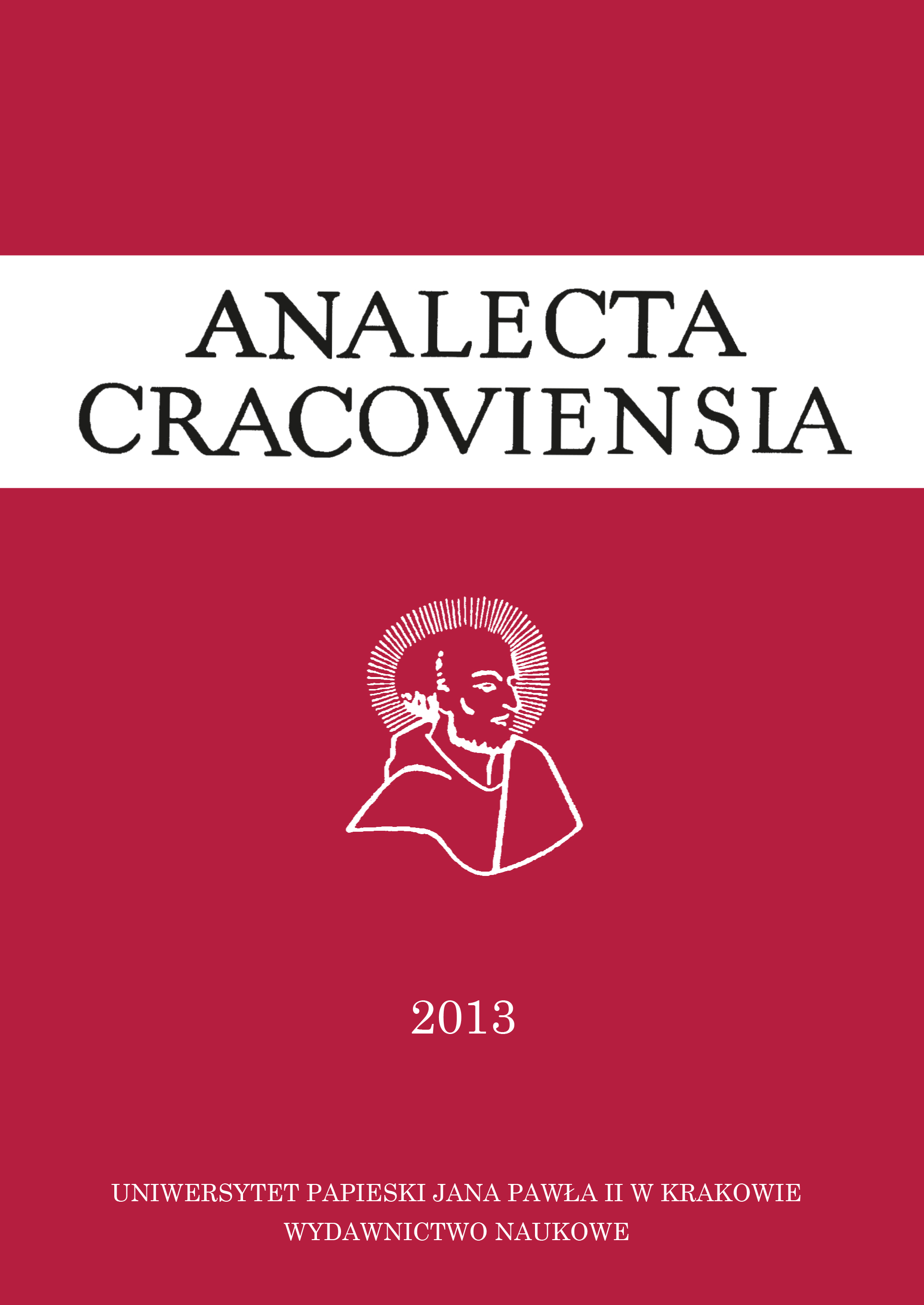Zespół witraży w kościele parafialnym w Mszance koło Gorlic. Przyczynek do dziejów witrażownictwa krakowskiego 2. ćwierci XX wieku
DOI:
https://doi.org/10.15633/acr.1137Słowa kluczowe:
Stained glass art, 20th-century art, Jan Kusiak, Maksymilian Romańczyk, Teodor Zajdzikowski, S. G. Żeleński, KrakówAbstrakt
Windows in the parish church of the Holy Apostles Peter and Paul in Mszanka near Gorlice, which supplements the architecture of the church built in 1938–1940 following the design of Edward Okoń, an architect from Tarnów, comprises 12 stained glass: two figural in the chancel, eight geometrical with medallions in the nave and transept, and two with monograms on both sides of the main entrance. Although plain in the artistic sense, and in the case of the figural ones – mediocre, these stained glass successfully complement the bright and orderly interior of the parish church. The inscriptions on two panels and existing archival sources inform us that the windows were created in 1938 in the Kraków workshop of Maksymilian Romańczyk. The archival documents describe the entire investment process leading to their creation and their repair which was necessary due to their deficient construction. This task was undertaken in 1949 by the renowned Kraków Stained Glass Company S. G. Żeleński, which is also described in detail in the historical records.
Stained glass and primarily the archival materials preserved in Mszanka are excellent sources of many valuable details on stained glass workmanship in Poland in the second quarter of the 20th century, the division of tasks within stained glass workshops, the involvement of the clients, and on projects that the above-mentioned workshops were working on concurrently at that time – information which was previously unknown. In turn, the preserved company letterhead authorised with the original stamps provides useful information on the functioning of these types of workshops, their products and achievements. In quite a distinct manner, the letterhead also tells us a little about the history of the workshops.
The above example confirms that works of art or archival material stored until this day in locations outside urban areas can valuably supplement and sometimes even alter our knowledge of stained glass art in Poland.
Pobrania
Opublikowane
Numer
Dział
Licencja
Prawa autorskie (c) 2015 Andrzej Laskowski

Praca jest udostępniana na licencji Creative Commons Attribution-NonCommercial-NoDerivatives 3.0 Unported License.
Autorzy publikujący w czasopiśmie udzielają jego wydawcy zgody o następującej treści:
- Autor zachowuje autorskie prawa majątkowe do utworu, a jednocześnie udziela wydawcy czasopisma zgody na jego pierwszą publikację w wersji drukowanej i wersji online na licencji Creative Commons Uznanie autorstwa 4.0 Międzynarodowe oraz zgody na wykonywanie opracowań, w tym przekładów.
- Autor ma możliwość udzielania zgody niewyłącznej na opublikowanie utworu w wersji, która ukazała się w czasopiśmie (np. zamieszczenia go w repozytorium instytucjonalnym lub opublikowania w książce), wraz z informacją o jego pierwszej publikacji w czasopiśmie.
- Autor może umieścić swój utwór online (np. w repozytorium instytucjonalnym lub na swojej stronie internetowej) jeszcze przed zgłoszeniem utworu do czasopisma.

